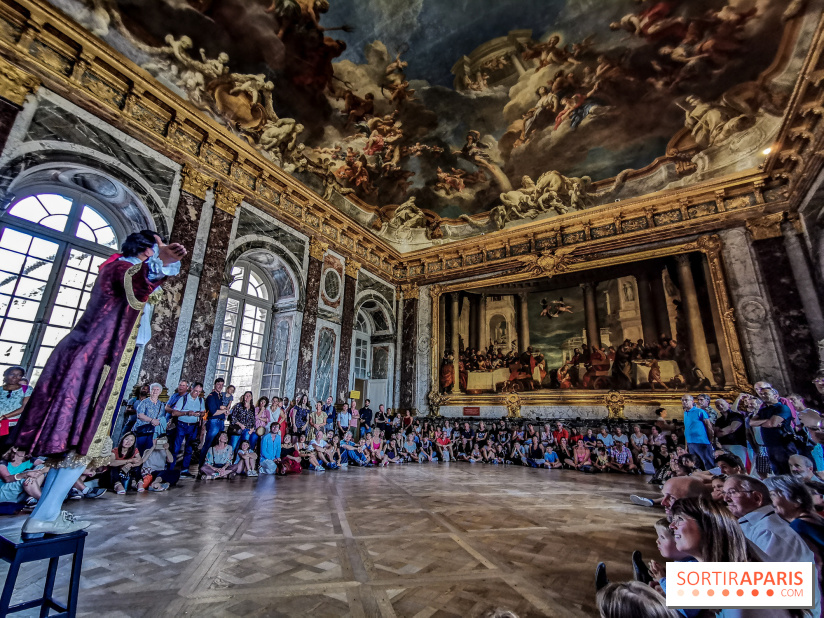Trump—whose administration was
hobbled by false charges that he was beholden to Russian President
Vladimir Putin—asserted that China has American politicians, “especially
Biden and the son [Hunter Biden] . . . wrapped around their finger.
They know so much about Biden that’s so illegal . . . [that the
president] can no longer be a person that takes on China because they
can blackmail him like nobody’s ever been blackmailed before.”
“China has tremendous power over the
Biden Administration because of Biden himself,” Trump added. “There was
tremendous money paid to the Biden family—not only China; there were
numerous other countries too, and it’s not allowed to be spoken about.”
Trump did not provide evidence for these claims, although a U.S. Senate committee report
on the Biden family’s business dealings raised questions about its
involvement with Chinese, Russian, and Ukrainian nationals and entities.
Information found on a laptop once owned by Hunter Biden—who is facing a
federal investigation into his taxes—has also raised questions about
Joe Biden’s ties to his son’s questionable affairs.
“We were doing great with China. I
was going to be doing things that would’ve put us on a course that
would’ve been forever great, and now we have people—they almost can’t be
tough on China because China knows too much about them,” Trump said.
“It’s a very sad thing.”
With respect to the political class
more broadly, Trump asserted that “China’s got the strongest lobbying
machine you’ve ever seen. . . . You go to Washington and try and hire
somebody to oppose China? Can’t do it. They’ve got everybody.” (Read more.)
Arizona is currently conducting a forensic audit of the election, Georgia petitioners are awaiting a judge’s decision
to proceed with their audit, and in Pennsylvania, lawmakers are
reportedly preparing to launch “a very careful recount” of the
Commonwealth’s election results.
“I never admitted defeat … we have a lot of things happening right
now,” Trump said in a telephone interview with reporter David Brody on Real America’s Voice.
“I never used the word concede, I have not conceded,” Trump added.
“All you have to do is read the newspapers and see what’s coming out
now.”
Brody asked Trump what he thought should happen if the Arizona and Georgia election audits “come back with fully verified evidence of voter fraud.”
Trump said he believes that the audits will prove that the election
was rigged, and predicted that more states will follow Arizona and
Georgia’s lead as evidence mounts.
“It’s going to be determined what’s going to happen,” Trump said.
“That’s not up to me. That’s up to the public. That’s up to a lot of
people, I guess. If the election were determined to be a fraud—and it’s
looking more and more like that is the case—people are going to have to
make a determination as to what’s going to happen,” he said.
Brody asked Trump to address the widespread belief among his
supporters that he will be reinstated as president by August of this
year.
“There’s actually a poll out, a Morning Consult poll that says 30
percent of Republicans actually think that,” Brody said. “Can you set
the record straight? Do you believe you could potentially be
reinstated?”
Without answering the question directly, Trump noted that “there is a
tremendous percentage [of people] that thinks the election was rigged
and stolen.”
He went on to say that his concerns about election fraud are not
unique, as Democrat presidential nominee Hillary Clinton in 2016 and
Georgia gubernatorial candidate Stacey Abrams in 2018 also raised
concerns about fraud after they lost their elections, although, as Trump
pointed out, neither of them had evidence to back up their claims.
“In this case, there’s massive evidence. It’s coming out of Georgia.
Just take a look at what’s happening,” he said, lamenting that the
corporate media refuses to cover credible evidence of fraud in the 2020
election.
Trump predicted that the numbers of stolen votes that will be exposed by the audits “will be massive.”
When pressed on whether he thinks he could be reinstated, Trump
refused to comment. “I’m not going to comment on that. I’m just going to
see what happens,” he told Brody.
“If the election was fraudulent, people are going to make up their
own minds. It’s not going to be up to me,” Trump said. “It’s going to be
up to the public. It’s going to be up to, I guess, politicians. I don’t
think there’s ever been a case like this where hundreds of thousands of
votes will be found.”
Trump threw cold water on recent reports that he was vying for House
Minority Leader Kevin McCarthy’s job in 2022, as the Constitution does
not require the Speaker to be a member of Congress.
Trump said he was aware of the chatter but that it was not something he was considering. “I have seen talk about that, but it is nothing that I have ever considered,” he said. “The election was a horrible, horrible thing for our country,” Trump
added. “The whole world is watching. You know, we were always known for
free and fair elections. Well, it turns out they weren’t free, and they
weren’t fair.”
He told Brody that he hasn’t made a decision yet on 2024, and is mainly focused on helping Republicans retake the House in 2022. When asked about his feelings on Florida Governor Ron DeSantis
running in 2024, Trump seemed to take credit for DeSantis’s meteoric
rise in GOP politics.
“I think Ron’s very good. I endorsed him, and when I endorsed him he
went up like a rocket ship,” Trump said. “Ron’s a friend of mine, he’s
doing great.” (Read more.)







































